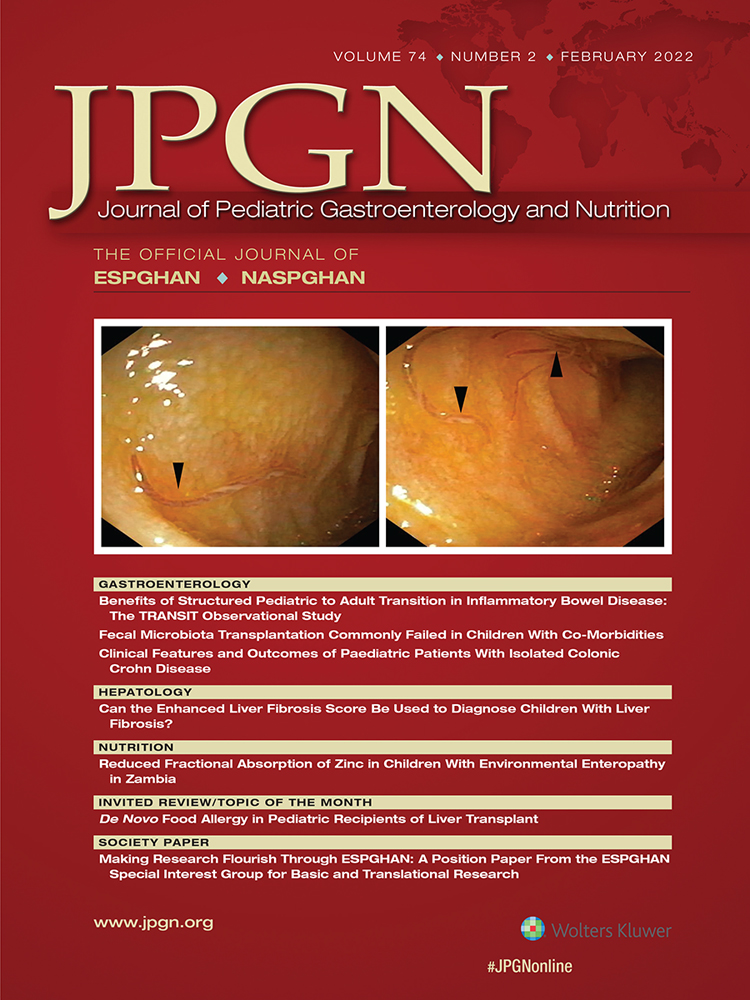Paediatric Gastrointestinal, Hepatic and Pancreatic Inflammatory Myofibroblastic Tumours, A Single Centre Experience
The authors report no conflicts of interest.
ABSTRACT
Inflammatory myofibroblastic tumours (IMTs) are rare soft tissue tumours. Reports of gastrointestinal tract, liver and pancreas tumours are limited. The objective of this study is to identify presenting features, contributing prognostic / etiological factors and any variability in outcomes in the context of different historical treatments. We retrospectively reviewed the records of seven children treated at our hospital between 2006 and 2019 and assessed the demographic, presentation, treatment, immunohistochemistry, and outcomes of their tumours. Age range at presentation was 4 months–15 years with a male predominance. Presentations were typically due to local mass effect or incidental discovery. Systemic symptoms were rare. Outcomes were good with six out of seven stable or in remission irrespective of treatment. Surgical resection where possible is the treatment of choice. Medical therapy had good outcomes with chemotherapy acting as first line treatment when required. The only negative prognostic factor identified was local spread at the time of presentation.




